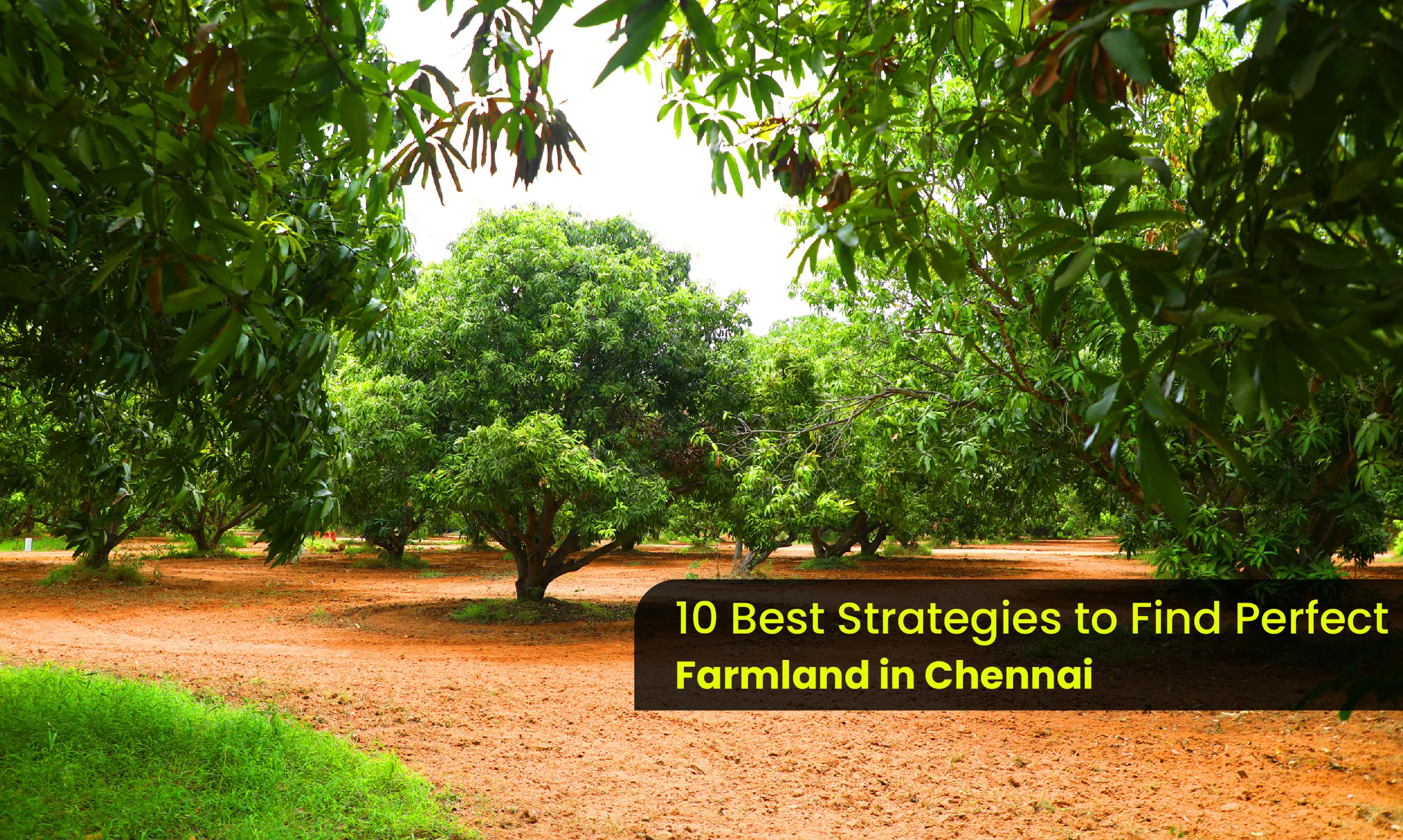Key Strategies of a Profitable Mango Farming Business in India

Introduction
If you want to make your mango farm growing dreams come true, you need to make a business plan. A well-organized plan makes it easy to keep track of resources, set goals, and deal with problems in a tough farming market. Here are the most important parts of a successful business plan for growing mangoes.
Summary for Executives
The executive summary is a short version of your business plan that should explain your goals, vision, and purpose. Describe your business's goals, such as growing high-quality mangoes, going after certain markets, or farming in a way that doesn't harm the environment.
This section is crucial for attracting investors or loans, as it concisely and effectively presents your farming business. To get the reader's attention, keep it short but interesting.
An Overview of Market Analysis
To make money, you need to know how the fruit market works. Find out about the present demand, market trends, and competition. Find out which types of mangoes are most popular in your area or with foreign markets. Popular varieties such as Alphonso, Totapuri, and Banganapalle often command high prices.
Draw attention to what makes your farm stand out from the rest, whether it's an organic license, a rare variety of mango, or cutting-edge farming methods. Knowing your target audience and their preferences will improve your farming and marketing strategies.
Details of the land and location
Describe the location of your mango farm and whether it is suitable for growing mangoes. Talk about elements such as agricultural size, climate, water availability, and soil quality. If you already possess mango farming, tell us about its state and future development possibilities. Outline your plans for new ventures, including soil testing, leveling, and planting arrangements. Highlighting your farm's preparedness ensures a solid basis for future expansion.
Cultivation Plan
A cultivation plan describes the operational components of your mango farm. Begin by selecting the appropriate mango types depending on climate, soil, and market need. Include information such as:
Planting methods (grafted saplings or seeds)
The layout and spacing should ensure proper sunlight and airflow.
Fertilizer and organic inputs are essential for the healthy growth of trees.
Pest and disease management strategies.
This section should also include a timeline, from planting to the first harvest, as mango trees typically take 3–5 years to bear fruit.
Financial Planning
Financial planning is critical to running a profitable mango farm. Break down your costs, including: Land Preparation, Sapling Purchase, Fertilisers and Organic Inputs, Irrigation Systems, Labor and Equipment Also, estimate your revenue based on expected yields and market prices. Include projections for profitability over the next 5–10 years. Don’t forget to factor in risks like crop failure or market fluctuations and outline a strategy to mitigate them. This section demonstrates your farm’s financial viability and helps secure funding if needed.
Conclusion
A detailed and well-thought-out plan is the first step to starting a Mango fruit farming business that makes money. You can make sure your farm grows and succeeds by focusing on important things like market research, financial planning, and environmentally friendly methods. A detailed business plan gives you the structure and clarity you need to deal with problems and reach your goals, whether you're starting a new business or growing a current farm.
Spending time making a successful business plan will not only help you on your way to becoming a mango farmer, but it will also make you a reliable player in the agricultural market, which is very competitive. Using the right methods, your mango farm can make you money over time.
Latest blogs
JOIN OUR COMMUNITY !
Stay connected with Getfarms! Follow us on social media for the latest updates, exclusive offers, and a glimpse into the world of farmhouse living. Join our community today




























